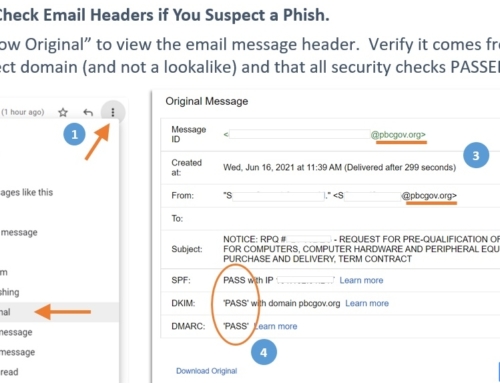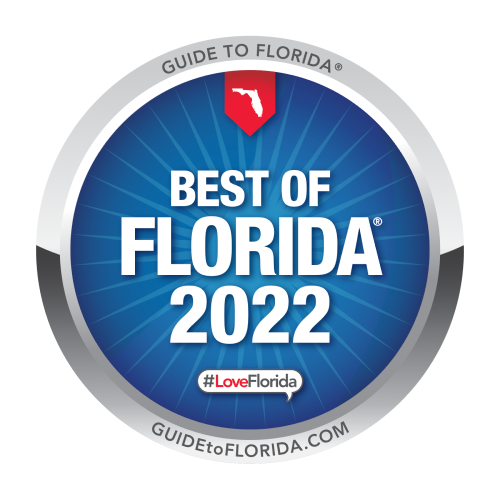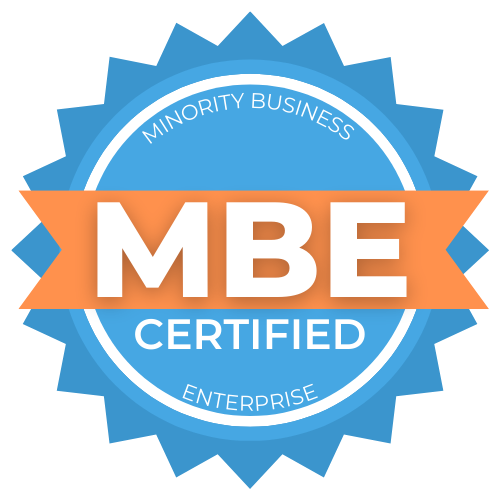I’ve never had success with “one size fits all”. That could be because I’m shorter than average at just over 5’ tall, or because I get more utility out of things that are tailored to my specific needs and tastes. The reality is that while one size may fit most, it’s rarely going to be the “best fit” for anyone. If you wouldn’t spend $20 on a one size fits all t-shirt, why do so many business owners use this model when protecting their business information?
Not all digital assets are created equal. Last year’s marketing flier or a spreadsheet from 18 months ago isn’t as important to your daily business operations as this week’s sales history or the current quarter’s financials. If you don’t have a data strategy framework for how you will handle data lifecycle management, you’re bound to treat all of these the same. And you’re likely to overspend on storage media, data backups, and cybersecurity to protect outdated information.
A data strategy helps you understand which digital assets are most valuable to your business, allowing you to take a tiered approach to data lifecycle management and data protection. This ensures your most critical digital assets are the most protected from outside threats, and also the easiest and fastest to recover when you need it.
These 3 simple steps will help you formulate a robust data strategy.
Step 1: Identify What You Have, and Why
If something happens to your information, applications, data or storage, you can only go back in time to find and access those records if you have reliable data backups.
That’s why it’s important to have a data strategy framework that aligns with your businesses’ needs and uses for information, data and storage. Older data may be infrequently used, and less critical to restore immediately, if at all, unless you are subject to long-term data retention requirements. Newer data, or certain categories of data such as financial and accounting, sales and inventory, customer profiles or in progress orders are usually the highest priority to protect and preserve.
Create a tiering strategy to identify and segment data throughout its lifecycle and ensure investments in computing infrastructure, storage media, and data backup align to these requirements. Keep in mind that while one set of data may have a lifecycle that spans many years or decades, its underlying storage systems and media may have a much shorter lifespan that requires periodic refresh or replacement in order to reliably maintain its function.
Step 2: Understand What Changes
Chances are, a significant portion of the data in your organization is only active from the perspective that it is periodically read, or referenced. This is true of customer profiles, product descriptions, and other largely static information. This data may be read or used frequently–either on a sustained basis or at different intervals–and it may multiply, as new copies, copies of copies, metadata and new data are added.
By understanding that this base data that is being read is static and unchanging, organizations can benefit greatly from Forever Incremental bare-metal backups, which enable robust version control (daily, hourly, etc.), but are hyper-efficient in the sense that they only store static data once. Each incremental backup has intelligence to capture only new additions or modifications to the base.
If in your data strategy framework, certain data “ages out” of usefulness, it can be safely archived in a read-only state for long-term retention. For example, if last year’s financials won’t change in the future, that data can be backed up once and moved to archival media. This allows you to reduce the size and duration of active data backups which lowers cost, improves performance, and reduces your Recovery Time Objective (how long it takes to recover). It has the added benefit of freeing valuable space on primary servers and computers, increasing their capacity.
Step 3: Focus On What’s Important
Companies with a good data strategy framework understand the similarities and differences across their information, data and storage. Managing data according to its lifecycle and use to the organization enables you to unlock value while removing unnecessary complexity and costs to sustain growth.
If your budget is tight this year like it is for so many companies, you may be looking to cut back on outside spend. However, before you decide to cut back on any IT services, first revisit your data strategy and what information you are creating, storing, protecting and deleting. By deciding to retain only what you need, and for only as long as it is truly useful to the organization (and not any longer) you can be smart in what you pay to protect and preserve. All without putting the quality or availability of your systems and information at undue risk.
Creating a data strategy framework for your organization may sound daunting, but if you follow these 3 simple steps you’ll be well on your way to better, smarter data management. Start by identifying the broad categories of information used by the business. Define a useful life for each category, beyond which you will either purge or archive data not actively needed by the organization. And once you’ve done those things, adjust the frequency of any routine data backups (onsite and offsite), archival activities, and equipment refreshes to match your data lifecycle needs. This enables you to protect and preserve information in a cost-effective way by removing complexity from the start.
If you need help evaluating your data or formulating a complete data protection strategy, the experts at eSilo can help. We offer a complete range of onsite and offsite data protection solutions, cybersecurity tools, and resources tailored for small businesses and IT service providers. Over nearly 20 years, we’ve helped thousands of organizations recover data, avoid disasters, and gain peace of mind.

















